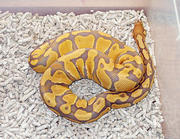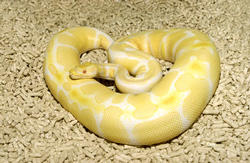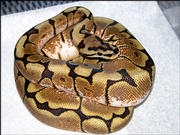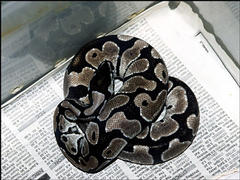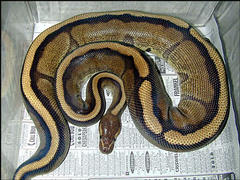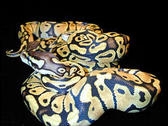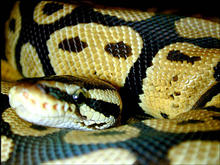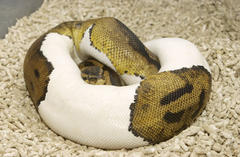Photo
Photo Gallery
All of the photos in these galleries were taken by and are the property of pythonworld and are copyright protected by law under the 1981 Copyright Act. For more information about a species or individual photo found in these galleries or for permission to use these photos please contact me at
pythonregius222@yahoo.fr
